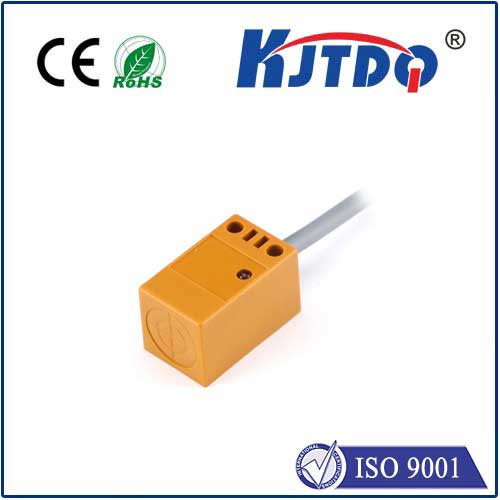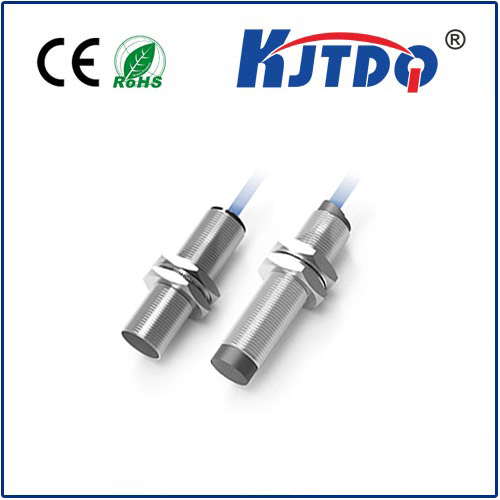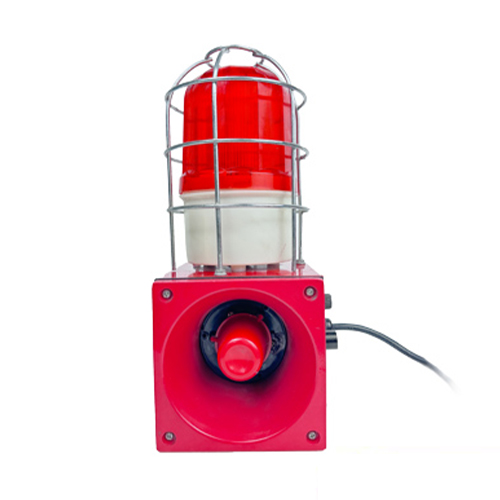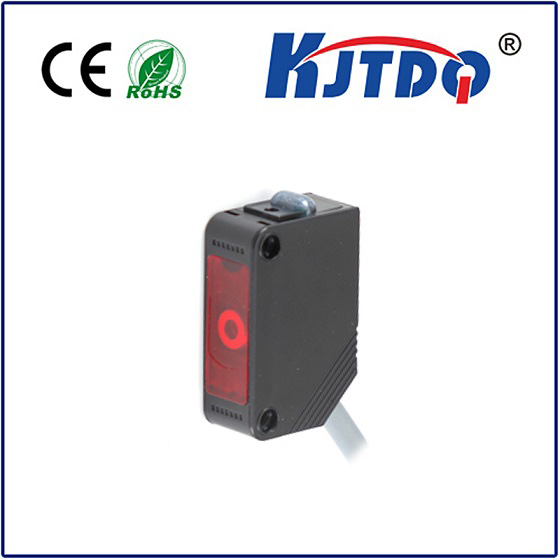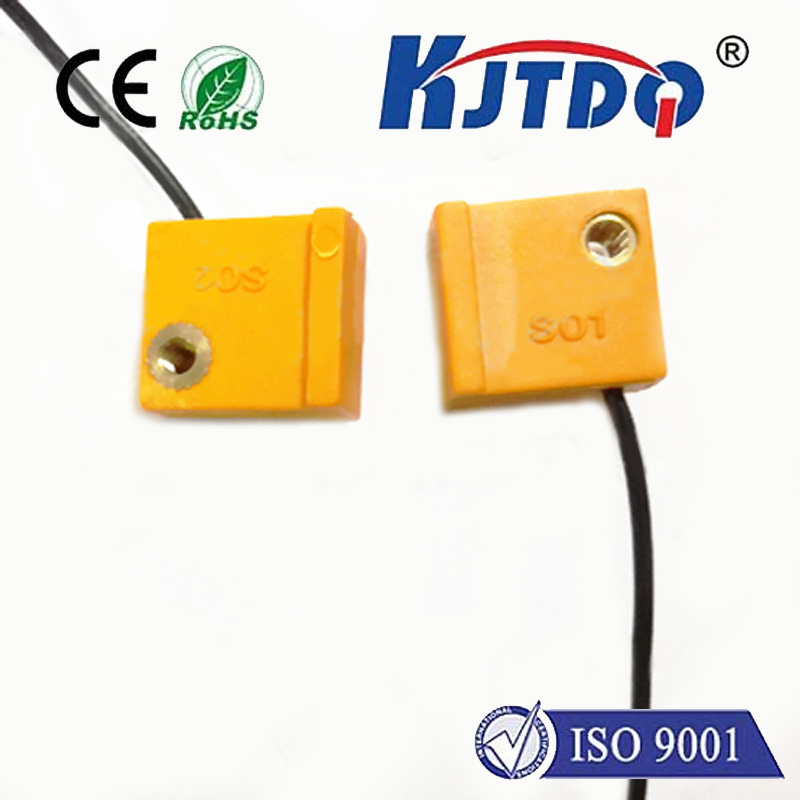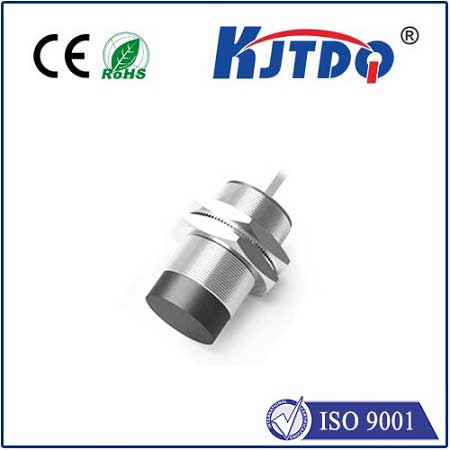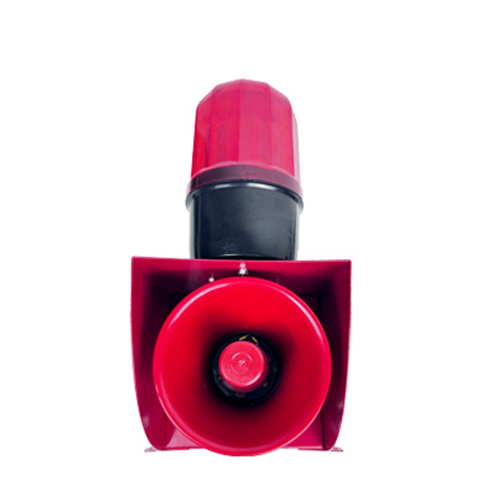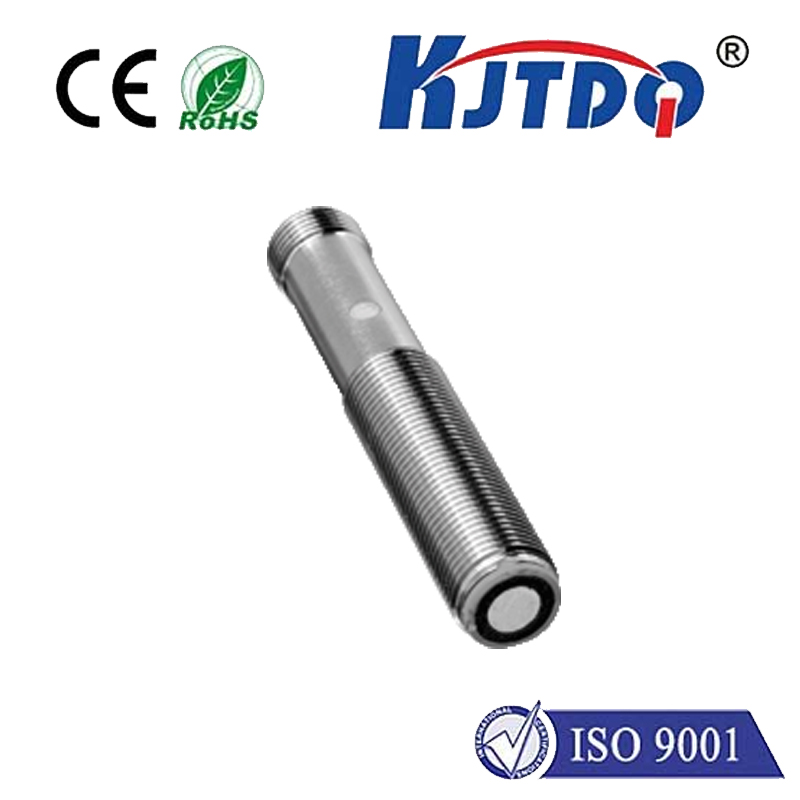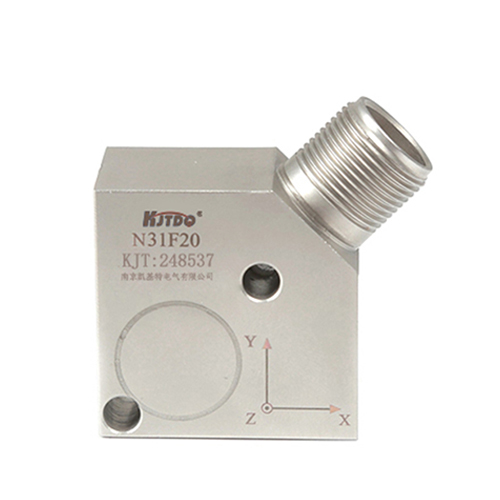

check

check

check

check

check

check

check

check

check

check
Introduction:
Inductive proximity sensors are widely used in a variety of applications, from robotics and automotive to industrial automation and healthcare. They work by measuring the distance between two conductive objects, such as metal wires or sensors, and providing accurate and reliable information about their relationship. In this article, we will discuss the 10 best inductive proximity sensor types available on the market today, along with their key features and applications.
Body:
1. Capacitive-based proximity sensors
Capacitive-based proximity sensors are based on the principle that the capacitance of two electrically charged objects changes when they come into contact with each other. These sensors are relatively inexpensive and have a low false positive rate, making them suitable for applications where accuracy is not a critical factor.
2. Infrared-based proximity sensors
Infrared-based proximity sensors use infrared light to detect the presence of an object. They are commonly used in industrial automation and robotics applications where visibility is limited or non-existent.
3. Ultrasonic-based proximity sensors
Ultrasonic-based proximity sensors work by emitting high-frequency sound waves and measuring the time it takes for them to bounce back after hitting an object. These sensors are highly sensitive and can detect objects even under low light conditions, making them suitable for use in dark environments.
4. Laser-based proximity sensors
Laser-based proximity sensors work by emitting laser light and measuring its reflection off an object. They offer high levels of accuracy and reliability, making them suitable for applications where precision is essential.
5. Electromagnetic-based proximity sensors
Electromagnetic-based proximity sensors work by detecting the presence of electromagnetic fields generated by other objects. They are commonly used in security systems and access control applications where quick detection is required.
6. Piezoelectric-based proximity sensors
Piezoelectric-based proximity sensors work by generating an electric charge when subjected to mechanical stress or pressure. They are highly sensitive and can detect objects at very close distances, making them suitable for use in medical devices and other precision applications.
7. Photoresistive-based proximity sensors
Photoresistive-based proximity sensors work by sensing changes in resistivity caused by the presence of an object. They are relatively inexpensive and have a low false positive rate, making them suitable for applications where cost is a concern.
8. Hybrid proximity sensors
Hybrid proximity sensors combine multiple technologies, such as capacitive, infrared, ultrasonic or laser, to provide improved performance and accuracy. They are often used in complex applications where multiple types of sensors are needed to achieve optimal results.
9. Microelectromechanical Systems (MEMS) based proximity sensors
MEMS-based proximity sensors are small, lightweight and low-cost devices that can be easily integrated into various devices and systems. They are widely used in mobile devices, wearable technology and IoT applications due to their miniaturized design and high flexibility.
10. Biomimetic proximity sensors
Biomimetic proximity sensors mimic the behavior of biological systems, such as birds' vision or insects' sense of smell, to detect nearby objects. They offer high levels of sensitivity but are still in the development stage and are not yet widely available on the market.
